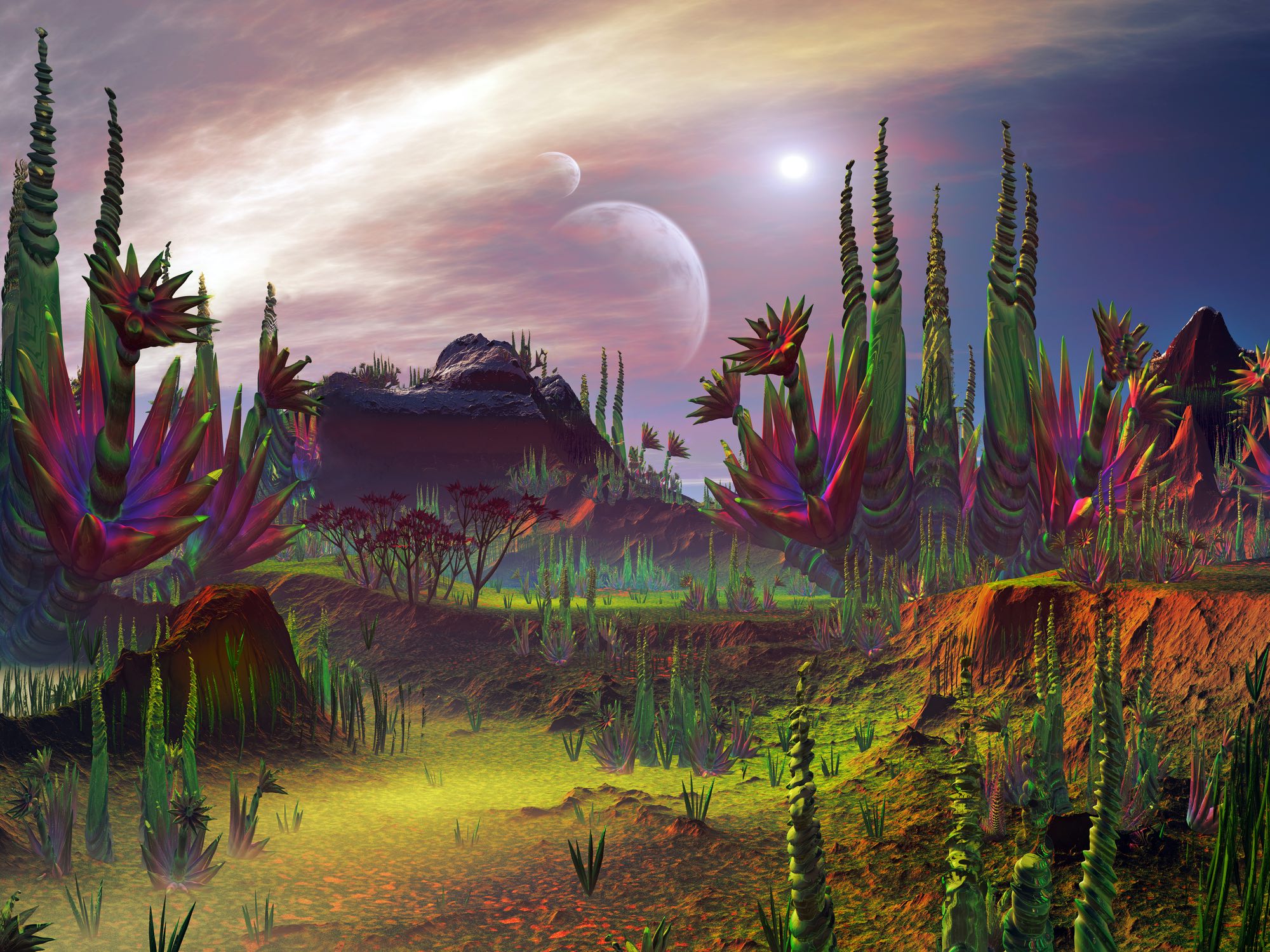More life on younger planets
Nowadays we know more than 5000 exoplanets. Among them are some that are similar in size to Earth, are also made of rock, and orbit their star in an area that astrobiologists call the habitable zone. Habitable here refers to life as we know it, which is based on water and carbon and therefore also requires liquid water on the surface. Which of these candidates should we look at first, for example with the new James Webb telescope, which will also be able to determine the atmospheric composition of distant worlds? Where are the chances of finding life the greatest?
The younger a planet, the more likely it is to be suitable for life. This is indicated by new research results from the Southwest Research Institute. The fact that a planet is in the habitable zone is not enough. Even within this zone, planets can develop a climate that is unfavorable for life. Maintaining a temperate climate also requires that a planet have sufficient heat to power a planetary-scale carbon cycle. A major source of this energy is the decay of the radioactive isotopes of uranium, thorium, and potassium. This critical heat source can drive a rocky exoplanet’s mantle convection, a slow movement of the region between a planet’s core and crust. Volcanic degassing at the surface is one of the main sources of CO2 in the atmosphere, which helps (too much in our case) to keep a planet warm. Without mantle degassing, a planet is unlikely to have a temperate, habitable climate like Earth’s.
“We know that these radioactive elements are necessary to regulate the climate, but we don’t know how long these elements can do so because they decay over time,” said Dr. Cayman Unterborn, lead author of the paper in Astrophysical Journal Letters. “Also, radioactive elements are not evenly distributed in the galaxy, and as planets age, they can run out of heat and stop degassing. Since planets can have more or fewer of these elements than Earth, we wanted to understand how these differences affect how long rocky exoplanets can maintain an Earth-like climate.”
Studying exoplanets is challenging. Current technology cannot measure the composition of an exoplanet’s surface, let alone its interior. However, scientists can spectroscopically measure the abundance of elements in a star by studying how light interacts with elements in the upper layers of a star. From this data, scientists can infer the composition of planets orbiting a star, using the star’s composition as a rough guide to its planets.
From this data, the researchers calculated “how long planets are likely to have enough volcanism to support a moderate climate before they run out of energy,” Unterborn said. “Under the most pessimistic conditions, we estimate that this critical age for an Earth-sized planet is only about 2 billion years. Under more optimistic conditions, it could be 5-6 billion years for more massive planets.” So Earth itself would fall through the cracks in this case, since it is already 4.5 billion years old. Did we have therefore simply luck that life could develop here nevertheless?
